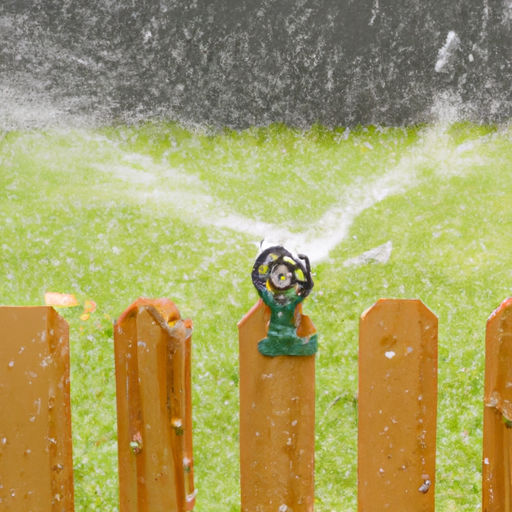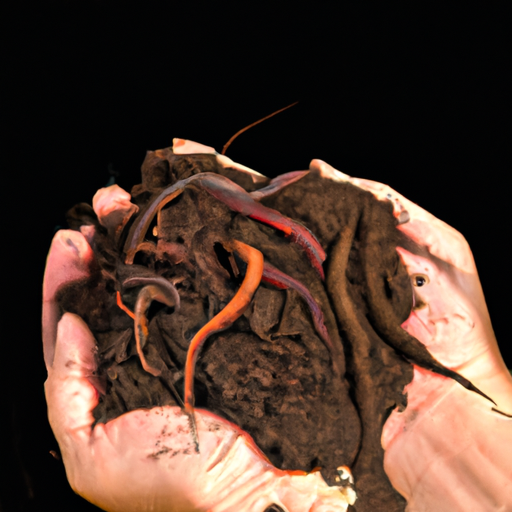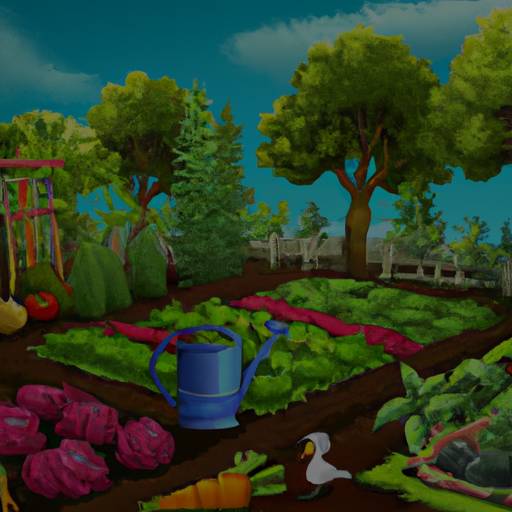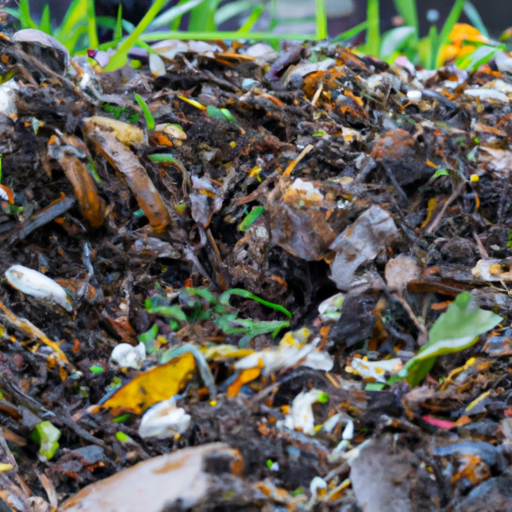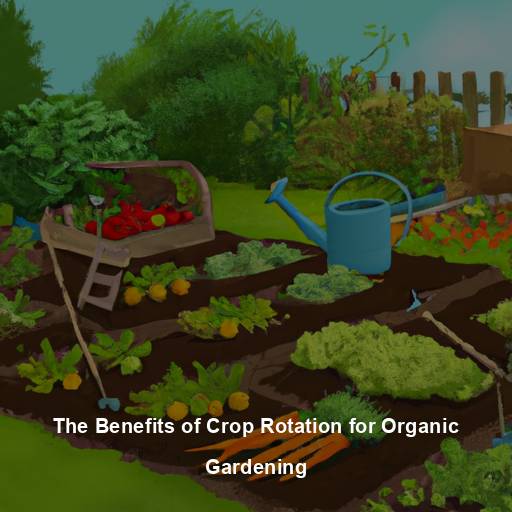Installing an irrigation system can be a great investment for any gardener or homeowner looking to keep their lawn and plants healthy. However, it’s important to avoid common mistakes that could lead to costly repairs down the road.
As a Master Gardener with years of experience installing irrigation systems, I’ve seen many homeowners make these errors time and time again. One of the most common mistakes is not properly planning out the placement of sprinkler heads. It’s crucial to ensure each area of your lawn and garden is being adequately watered without wasting water by overlapping coverage areas.
Additionally, failing to account for obstacles such as trees or fencing can result in uneven watering and potential damage to your system. In this article, we’ll discuss more common mistakes to avoid when installing an irrigation system so you can have a lush and thriving landscape without breaking the bank on maintenance costs.
Proper Placement Of Sprinkler Heads
When it comes to installing an irrigation system, proper placement of sprinkler heads is crucial.
Water conservation techniques should be considered in order to ensure that water is being used efficiently and effectively.
Sprinkler heads should be placed strategically so that they only water the necessary areas without wasting any excess water on sidewalks or driveways.
Soil type considerations are also important because different types of soil have varying levels of absorption rates.
It’s essential to know your soil type so you can choose the appropriate sprinkler head for maximum coverage and minimum waste.
By following these guidelines, you can save both time and money while maintaining a healthy landscape without sacrificing water usage.
Accounting For Obstacles
Ah, the joys of installing an irrigation system. Nothing like spending hours digging trenches and laying pipes to ensure your plants get their daily dose of water.
But wait, what’s that? A tree root in the way? Or perhaps a large rock blocking your path? Fear not, my fellow garden enthusiasts! Overcoming obstacles is all part of planning ahead when it comes to irrigation systems.
Before starting any installation project, take a walk around your yard and identify any potential roadblocks. Consider factors such as trees, rocks, and existing landscaping features that may require extra effort or adjustments to work around.
By anticipating these challenges ahead of time, you’ll save yourself from unnecessary frustration down the line. Remember: careful planning and perseverance are key ingredients for successful irrigation system installation.
Choosing The Right Type Of Irrigation System
When it comes to choosing the right type of irrigation system, there are a few important factors to consider.
Firstly, you need to think about your water source options. Do you have access to a reliable supply of water or will you need to rely on a storage tank or well? Depending on your situation, certain types of irrigation systems may be more suitable than others.
Additionally, climate considerations should also come into play when selecting an irrigation system. Different regions and climates require different watering methods to ensure optimal plant growth and health.
By taking these factors into account, you can choose the most appropriate type of irrigation system for your needs and avoid common mistakes in installation. Remember that proper planning is key!
Adequate Water Pressure And Flow
While a well-designed irrigation system can save you time and effort in maintaining your garden, it is crucial to ensure that the water pressure and flow are adequate for its proper functioning.
Poor water pressure could lead to inadequate coverage of your plants, while insufficient flow may cause damage to the system. To avoid these issues, correctly sizing your pump is critical.
A pump that is too small will not generate enough pressure or flow, while one that is too large could create excessive pressure leading to pipe bursts or sprinkler heads blowing out. Additionally, choosing an appropriate water source is essential; underground wells require different pumps than above-ground sources such as lakes or rivers.
Before installing any irrigation system, consult with a professional Master Gardener who can advise on pump sizing and water source selection specific to your needs.
Regular Maintenance And Inspection
Now that your irrigation system is properly installed, it’s important to keep up with regular maintenance and inspections.
Seasonal adjustments should be made to ensure the system is functioning efficiently throughout the year. This may include adjusting sprinkler heads or replacing worn-out parts.
Troubleshooting techniques can also come in handy if any issues arise. For example, checking for clogs in the pipes or ensuring proper water pressure can prevent costly repairs down the line.
By keeping up with regular maintenance and using troubleshooting techniques when needed, you can ensure your irrigation system will continue to work effectively for years to come.
Frequently Asked Questions
What Are The Benefits Of Using A Drip Irrigation System Versus A Sprinkler System?
When it comes to deciding between a drip irrigation system and a sprinkler system, there are advantages and disadvantages to both.
A drip irrigation system delivers water directly to the roots of plants, which reduces evaporation and runoff compared to sprinklers. This can help save water and reduce your water bill. Drip systems also provide more consistent moisture levels for plants, which can lead to healthier growth. However, they do require regular maintenance to ensure that the emitters aren’t clogged or damaged, and they may not be as effective at watering larger areas with dense foliage.
Sprinkler systems offer greater coverage and can be easier to install, but they tend to waste more water through evaporation or overspray onto non-plant surfaces. Ultimately, the best choice depends on factors such as plant type, garden size, climate conditions, and personal preference.
As a Master Gardener, I recommend considering all options before making a decision on an irrigation system that will work best for your unique needs.
How Do You Calculate The Water Flow Rate Needed For Your Irrigation System?
When calculating the water flow rate needed for your irrigation system, it’s important to consider both water pressure and nozzle size.
Water pressure is measured in pounds per square inch (PSI) and affects how far the water will travel through the irrigation system.
Nozzle size determines how much water is dispersed from each sprinkler head or drip emitter.
To calculate the necessary flow rate, you’ll need to know the total area being irrigated and divide that by the time in hours that you want to water for.
Once you have this information, you can use an online calculator or consult with a professional to determine the ideal PSI and nozzle size for your specific needs.
Can You Install An Irrigation System Yourself, Or Should You Hire A Professional?
As a Master Gardener, I often receive questions about whether to install an irrigation system on your own or hire a professional.
It’s like choosing between gardening gloves and bare hands when working in the soil. Yes, you could do it yourself, but is it worth the potential cost comparison?
While DIY may seem appealing for its lower upfront costs, there are many factors involved that can make installation complicated and costly if not done correctly. Hiring a professional may come with higher initial expenses but will ultimately save money in the long run by avoiding costly mistakes.
Consider weighing the pros and cons before deciding which route to take for your irrigation needs.
What Is The Average Lifespan Of An Irrigation System?
The average lifespan of an irrigation system can vary depending on several factors, including the quality of installation and maintenance. Proper irrigation system maintenance is key to extending its lifespan.
Regularly checking for leaks, adjusting sprinkler heads, and cleaning filters are just a few tasks that should be done routinely. However, even with proper care, irrigation systems may need to be replaced over time due to wear and tear.
If you have an old or outdated system that constantly requires repairs, it may be more cost-effective in the long run to replace it with a newer model. Consider hiring a professional if you’re not confident in your ability to replace or maintain your irrigation system properly.
How Do You Prevent Water Waste And Runoff When Using An Irrigation System?
To prevent water waste and runoff when using an irrigation system, it’s important to focus on efficient watering techniques and regular irrigation system maintenance.
As a Master Gardener, I recommend using drip irrigation or soaker hoses instead of sprinklers to deliver water directly to the roots of plants without wasting any excess water on leaves or surrounding areas.
Additionally, regularly checking for leaks, broken heads or pipes, and adjusting your watering schedule based on weather conditions can help ensure that you are not overwatering your plants or allowing excess water to run off into nearby areas.
By following these tips and properly maintaining your irrigation system, you can conserve water while still keeping your garden healthy and thriving.
Conclusion
In conclusion, installing an irrigation system can be a great investment for your garden. However, it’s important to avoid common mistakes that could potentially damage your plants and waste water.
Remember to calculate the water flow rate needed for your specific landscape, as this will ensure efficient watering without causing runoff.
If you’re unsure about how to install an irrigation system yourself, it may be best to hire a professional who has experience in designing and installing these systems. Think of it like hiring a skilled carpenter to build a sturdy treehouse – you want someone who knows what they’re doing so that the end result is safe and functional.
As Master Gardeners, we know that every drop of water counts when it comes to nurturing our gardens. By avoiding mistakes such as overwatering or using inefficient sprinkler systems, we can make sure that our plants receive just the right amount of moisture they need to thrive.
So go ahead and invest in an irrigation system – just remember to do your research beforehand!
